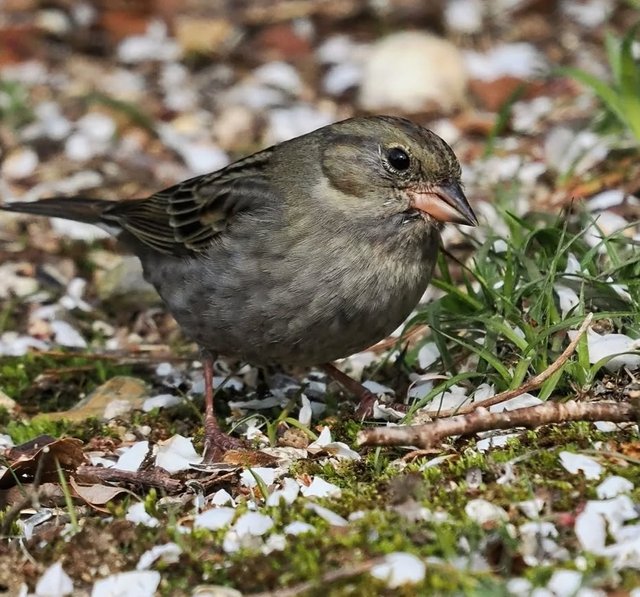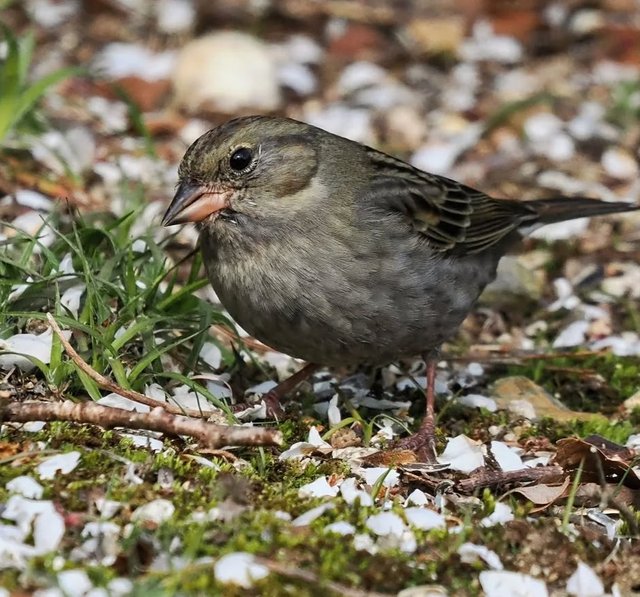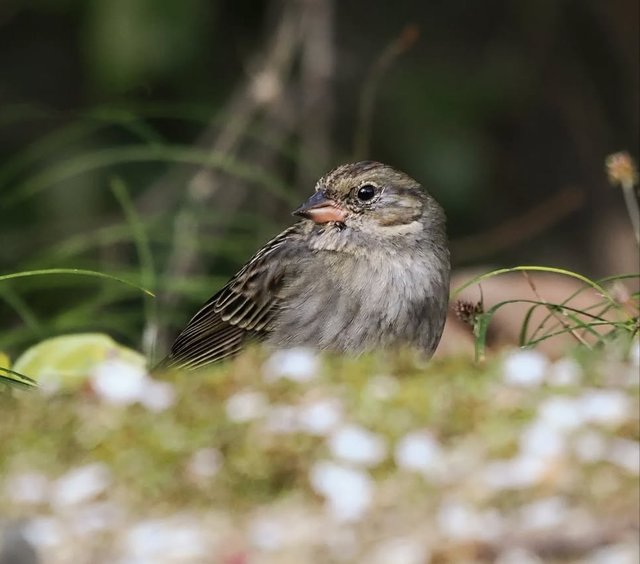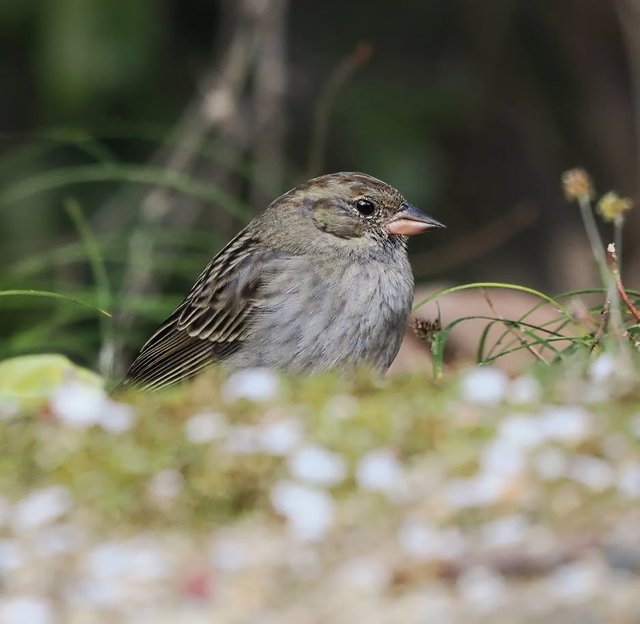Beautiful Grey Bunting Bird
The Elusive Grey Bunting: A Subtle Beauty of the Forest
Among the quiet canopies and misty forests of East Asia dwells a bird of modest appearance but fascinating charm—the Grey Bunting. Though it may not boast the vivid colors of tropical birds or the fame of migratory celebrities like swans or cranes, the Grey Bunting possesses a quiet elegance and ecological importance that makes it a treasured subject among birdwatchers and ornithologists alike.
Description and Identification
The Grey Bunting is aptly named for its muted plumage. Males typically exhibit a slate-grey coloration across their heads and underparts, while the back may show darker streaks and a brownish tint. Females and juveniles are generally browner overall, with more streaking and less pronounced greys. This subdued coloring allows them to blend into their forested habitats with remarkable effectiveness—a necessity for survival in dense, predator-rich environments.
Their song, while not particularly complex, is sweet and soft, usually heard during the breeding season. It’s a melodic series of whistles, somewhat reminiscent of other buntings, but more mellow.
Habitat and Range
Grey Buntings inhabit a variety of wooded environments, especially favoring mixed or coniferous forests with dense undergrowth. Their range primarily includes regions in East Asia: Japan, Korea, parts of China, and the Russian Far East. In summer, they breed in the cooler northern regions and migrate southward during winter, often venturing into southern Japan and southeastern China.
They are most often found in hilly or mountainous areas, rarely venturing into human-altered landscapes, which contributes to their elusive reputation.
Behavior and Diet
Shy and often solitary, Grey Buntings tend to stay close to the ground, foraging quietly among leaf litter or low vegetation. Their diet includes a mix of seeds, small insects, and plant material. During breeding season, they may shift toward a more protein-rich diet, feeding on caterpillars, beetles, and spiders to nourish their chicks.




| Device | cannon eos 700D |
|---|---|
| Lens | 55-250 zoom leans |
| Location | Bangladesh |
